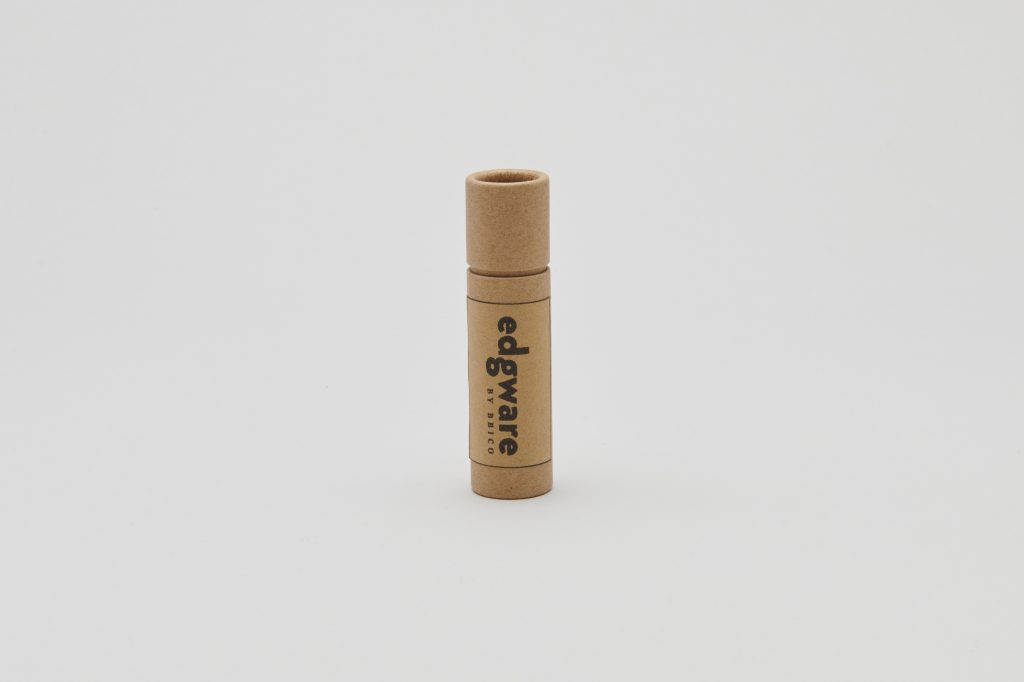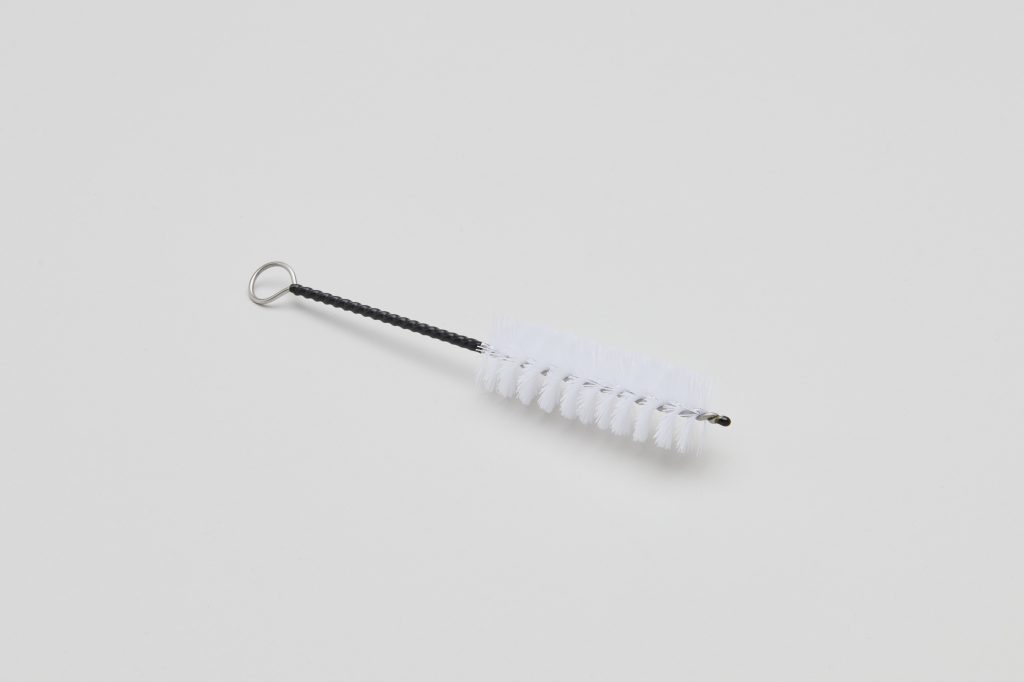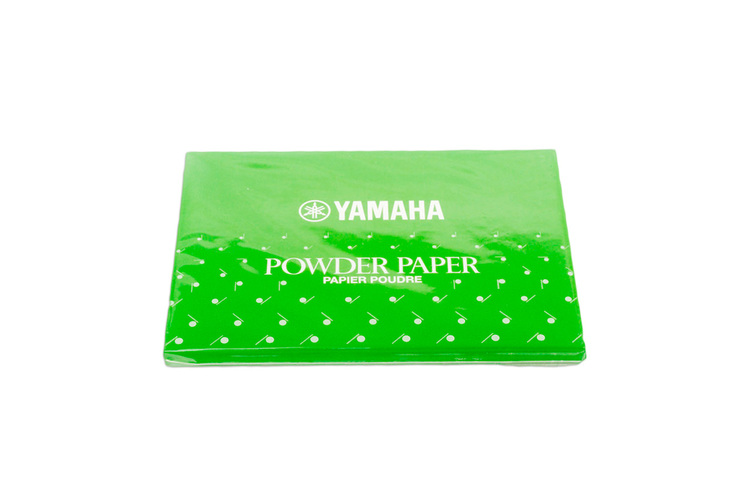In order for your clarinet to play as well as possible, it’s important to develop a proper maintenance routine. In this blog, we’ll share our top tips for taking care of your instrument, as well as some of our favourite products to do this with.
Why is looking after your clarinet important?
Taking good care of any instrument is so important, the benefits are almost endless. By taking good care of your clarinet, your instrument will:
- look better
- sound better
- play more easily
- last longer
- require services and repairs less often (saving you money)
- have a better re-sale value (should you choose to upgrade in the future)
So without further ado, let’s introduce the products that we think should make up your clarinet maintenance kit, and how to use them.
Pull-Through
It is incredibly important to remove the moisture from inside of your clarinet every time you’ve finished playing. The most effective way to do this is to use a swab or pull-through.
- Remove the reed from the mouthpiece and place on a flat surface to dry.
- Gently take the five pieces of your clarinet apart, making sure that you are not putting any pressure of the sensitive key work (particularly on the bottom of the lower joint)
- Use a swab or pull-through to remove moisture from inside your clarinet by carefully dropping the weighted end into the end of each section, then pulling it gently through the instrument. We recommend doing this several times, and until the section is dry.
- Remember to dry the tenons with your pull-through too (the tenons are where each part of the clarinet fits together, and where moisture often builds up).
- We advise that you don’t use the swab to dry your mouthpiece, as pulling it through can change it’s surface, therefore change the sound.
- If possible, let the swab dry before placing it away in the case. If not, make sure that you place it in a different part of the case to your clarinet, as you don’t want the moisture it has absorbed to affect your instrument.
There are a huge variety of clarinet pull-throughs on the market, made of a variety of different materials. It’s important to choose one that is small enough to gently slide through your instrument, but also large enough to dry the whole bore of your instrument. We particularly like this pull-through from Helin:

Cork Grease
In order to prolong the life of your tenon corks, and ensure that your clarinet fits together easily, it’s important to use cork grease. We recommend using your fingers to rub your chosen cork grease in, making sure that it is nicely absorbed.
A good way of telling when to grease your corks is when it’s difficult to put your instrument together, or when they feel dry to touch. How often you have to do this depends on lots of different things such as humidity and temperature. If using a synthetic cork grease, be mindful that over-greasing can cause the corks to crack or disintegrate.
We would personally recommend a cork grease made from natural ingredients, and free from toxins, petroleum and synthetics, such as the Edgware by BBICO cork grease. An extra benefit of this product is that it’s completely safe to use as a lip balm too! This particular grease can be purchased here.

Clarinet Reed Care
When it comes to looking after your reeds, it mainly comes down to ensuring that they are dry before you put them away, and changing them regularly enough – both of which aren’t quite as easy as they may first seem.
It is really important to replace your reed when it becomes cracked, damaged, too soft, or no longer plays in tune. It is also important to change your reed when it is too dirty. However much you may love a reed, if it’s started to go green, it’s got to go!
Once you’ve finished playing, it is best to allow your reed to dry properly before storing it. We recommend putting it on a flat surface, and in a safe place away from children or pets (so it doesn’t end up getting knocked onto the floor!). Sometimes it isn’t convenient to leave the reed out to dry, like when you have finished a lesson, concert, or rehearsal – so you can wipe the reed gently with your pull-through and place inside a reed case with a flat surface instead. We particularly like this reed case from D’Addario, which helps maintain an ideal humidity for your reeds, as well as preventing warping.

Cloths
We’ve already spoken about cleaning the inside of your clarinet, but what about the outside? As we touch our instruments, we transfer greases from our fingers and hands onto the body and keywork. It’s important that we clean these parts of the instrument properly.
An untreated, lint-free, cotton cloth is ideal for gently removing dirt, and a polishing cloth with impregnated with solutions to remove tarnish and make your instrument shine are the ideal duo to keep your keywork bright and shiny! We’d recommend using a polishing cloth that is skin-safe, so you aren’t worrying about any nasty chemicals, such as the Edgware by BBICO polishing cloth, which also leaves an anti-tarnish coating on keywork after polishing! This particular cloth can be purchased here.

Sanitiser Sprays and Mouthpiece Brushes
Arguably, one of the most important parts of your clarinet to keep clean is the mouthpiece. This is because the mouthpiece is more likely to be contaminated with bacteria, yeasts and moulds than any other part of the instrument – and this is the part that you put in your mouth! By not cleaning the mouthpiece regularly, clarinettists are subjecting themselves to possible infections or allergic reactions.
Now, the good news is that this can be very easily avoided by using a sanitiser spray regularly. There are several on the market currently, but many of them contain harmful chemicals and toxins – which ideally shouldn’t go anywhere near your mouth.
We have recently launched a spray that is skin safe and safe to be used by children without adult supervision. It is also alcohol, fragrance and harmful chemical-free, as well as harmless if swallowed! Edgware’s by BBICO‘s sanitiser spray is a 100% natural and kills 99.9999% of all germs. It’s anti-bacterial properties are provided by hypochlorous acid which is produced naturally in the human body. This spray works brilliantly in conjunction with a good mouthpiece brush. This particular spray can be purchased here.
We would suggest purchasing a mouthpiece brush with a coating to prevent any scratching. Not only does this decrease the value of the mouthpiece and not look good, it can also change the way it responds and sounds!

Edgware by BBICO Sanitiser Spray 
Edgware by BBICO Mouthpiece Brush
Powder Paper
We’re sure you can relate to that horrible sound pads make when they’re sticking, or that delay in key movement that makes it sound like you’ve played a wrong note, then corrected yourself. It’s not all bad though, as solving this problem is really quick and easy. We recommend using powder paper, which is designed to remove stickiness and debris from the pads of woodwind instruments. The thin layer of powder dries excess moisture, as well as prolonging the life of your pads.
We are particular fans of the Yamaha powder paper, which comes in a handy envelope with separate sheets.

Clarinet Key & Bore Oil
This is by no means a job that needs to be done every time you play, but it’s important to take care of the delicate network of keys, rods and screws which make up your wonderful instrument. Lubricating the moving parts of your clarinet, makes them less ‘clicky’, easier to play, and allows smoother action.
If you want a key oil that’s as good for you and the planet as it is for your instrument, check of out Edgware by BBICO’s key oil. It’s lightweight, long lasting, and made from food grade ingredients. You could technically drink them if you wanted to, but we wouldn’t personally recommend it!
If you own a wooden clarinet, it’s really important that you take care of it properly. As beautiful as wooden clarinet sound and look, they do require a little more maintenance than student plastic model instruments. One way to do this is to oil the bore of your instrument which will inhibit cracking and warping, whilst improving the tone of the instrument over time.
The best way to use bore oil is to apply a small amount of oil to a cotton cloth, and pull it through your clarinet. We would recommend doing this whilst it is assembled. A neat trick to check that the bore has been properly coated is to hold it up to the light. By doing this, you should see a glossy sheen all along the inside. To save some of the excess oil on the cloth, place it in a sealed bag for using next time.
The Edgware by BBICO bore oil is made in the UK from pure flower oils, including lavender grown in England. The hydrophillic properties of these oils allow the wood of clarinets to breathe. They also moisturise the fibres, and it smells lovely too! This specific bore oil can be purchased here.

edgware Rotary Valve/Key Oil 
edgware Bore Oil
Clarinet Cases
After cleaning, always return the clarinet to its case in order to protect it from damage. Avoid keeping anything other than your clarinet in the main compartment of your case. Items such as pencils, oils or greases can damage the wood or keywork when the case is closed. Most cases have additional pockets which are ideal for holding other accessories. If your case doesn’t, perhaps you could invest in a case cover? These often have an outside pockets to keep your other bits and bobs safe.
It is also important to remember that just because your clarinet is inside it’s case, it doesn’t mean it’s indestructible! Clarinet are beautiful, but sensitive instruments, and even a small bump or jolt can result in serious damage. It’s always worth investing in a high-quality case if you can. Also, make sure your clarinet is in a safe and secure place when in transport.

Other Handy Things to Have in Your Case…
Keep an eye out for a future blog post where we’ll discuss some other nifty products we think should be kept in any clarinettist’s case!
Hannah Williams


